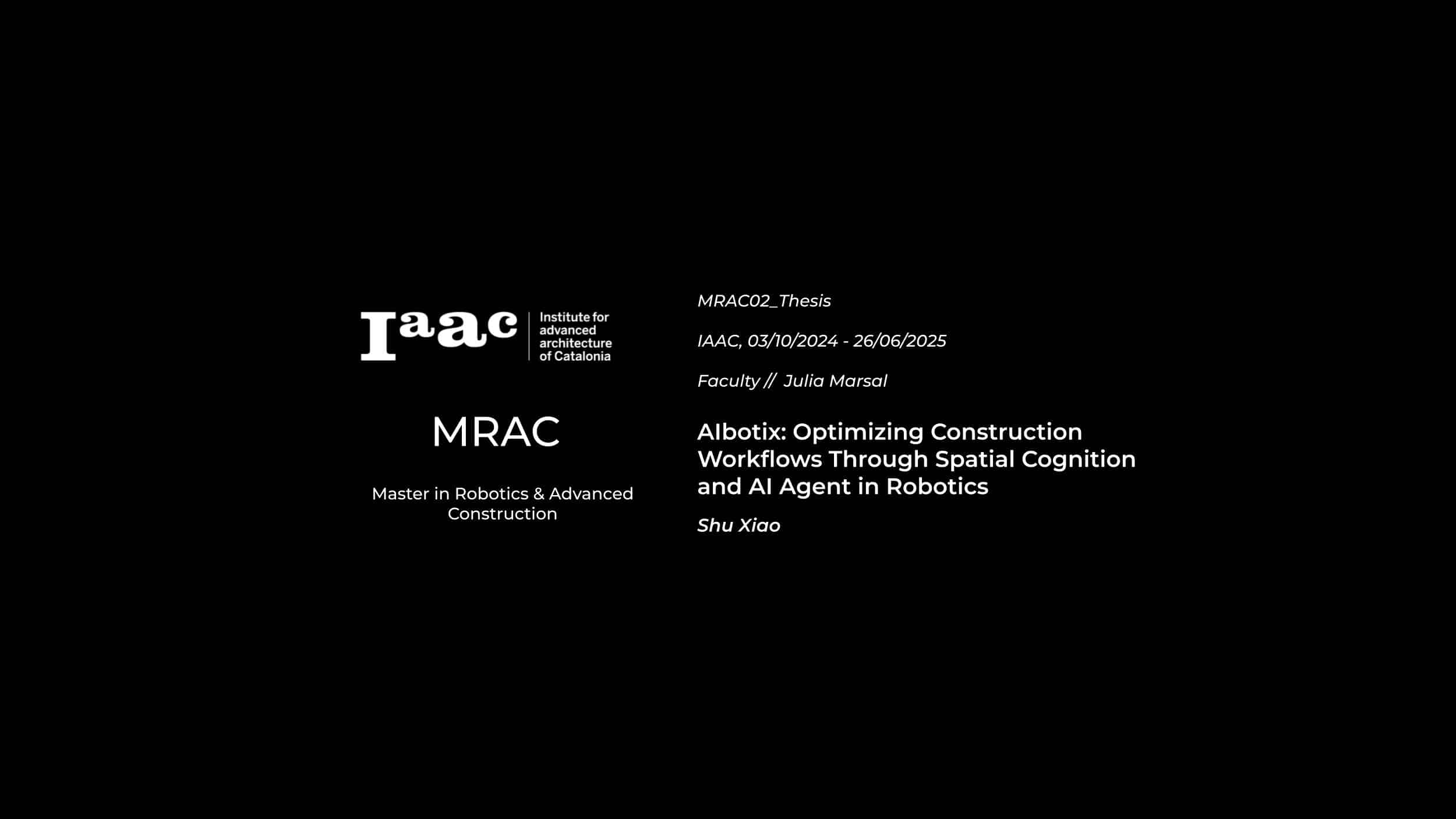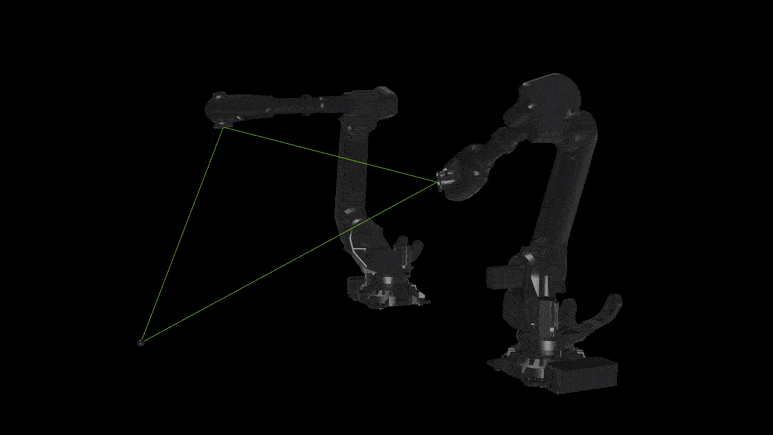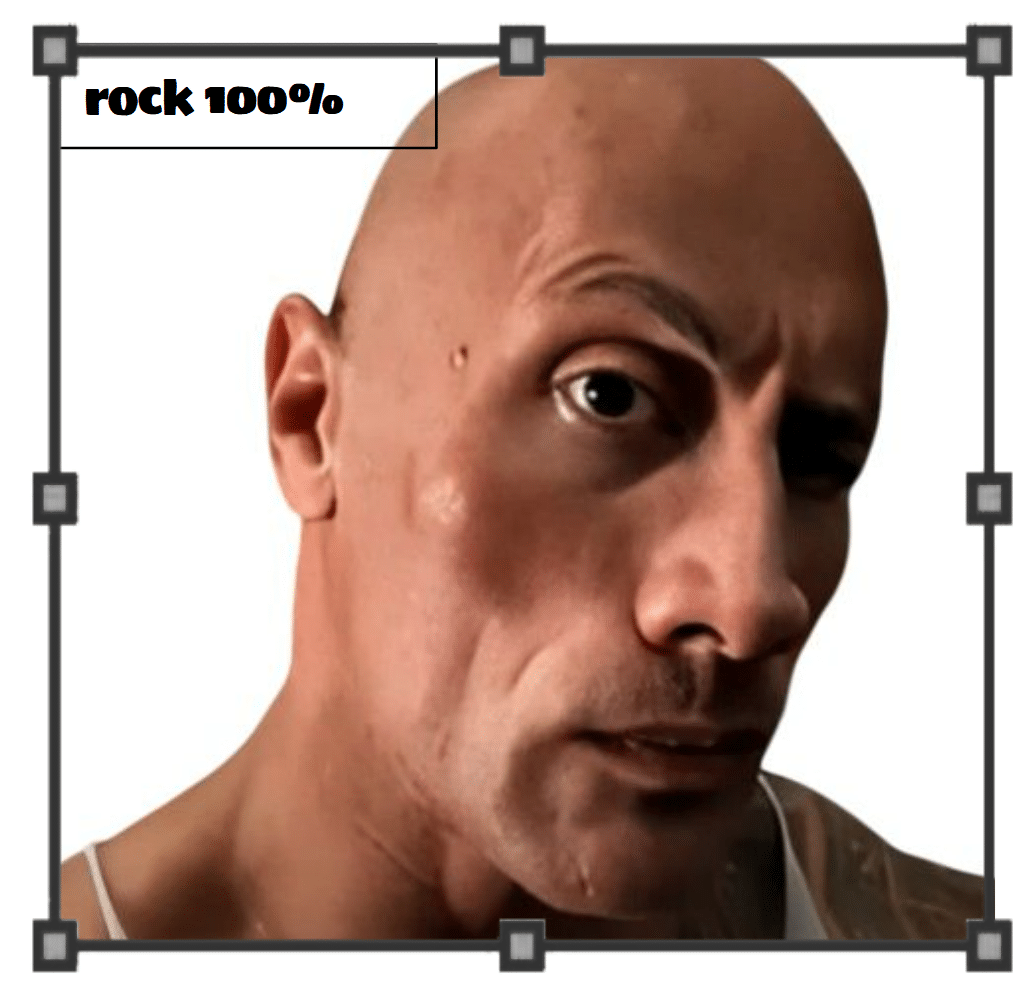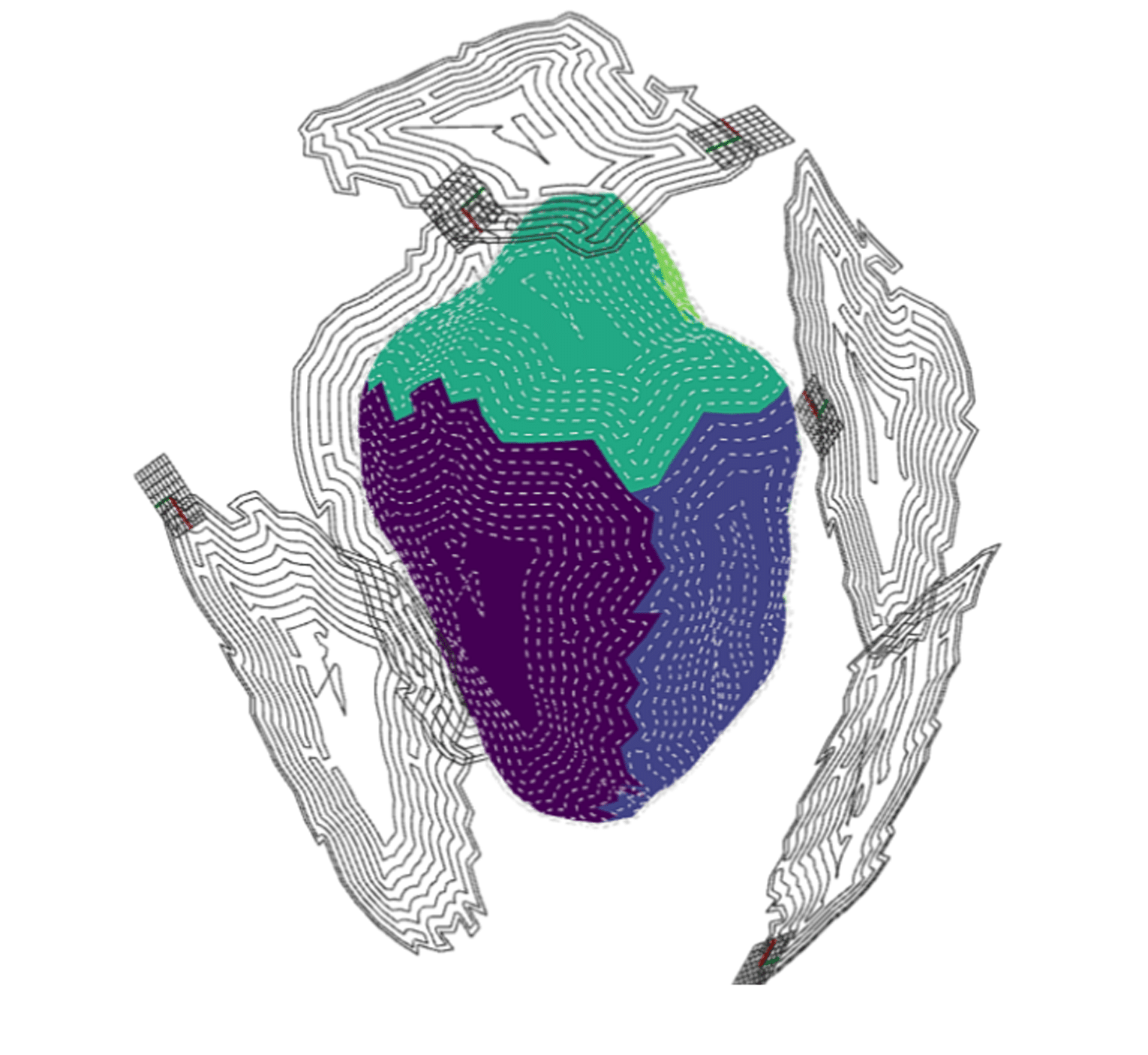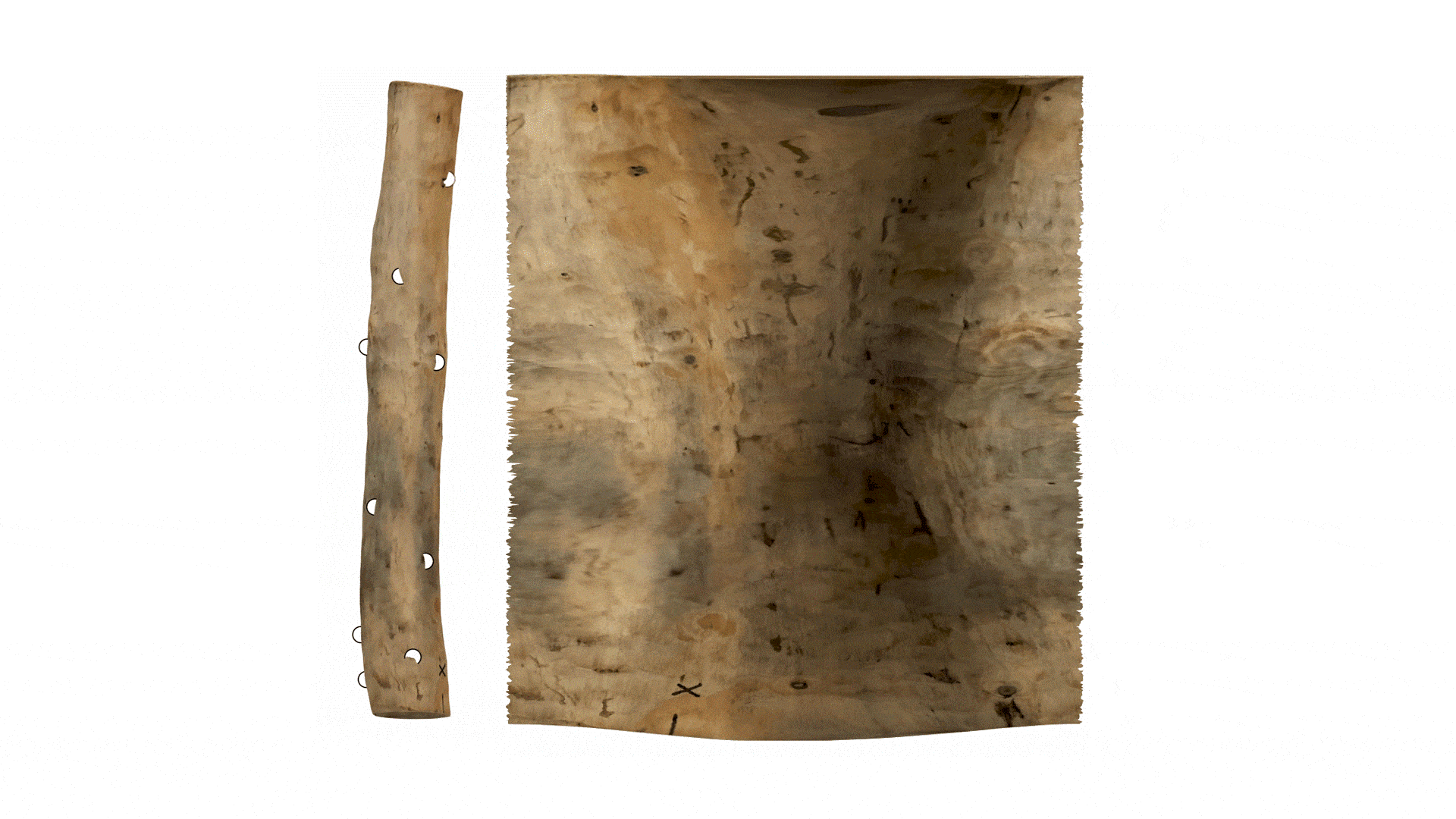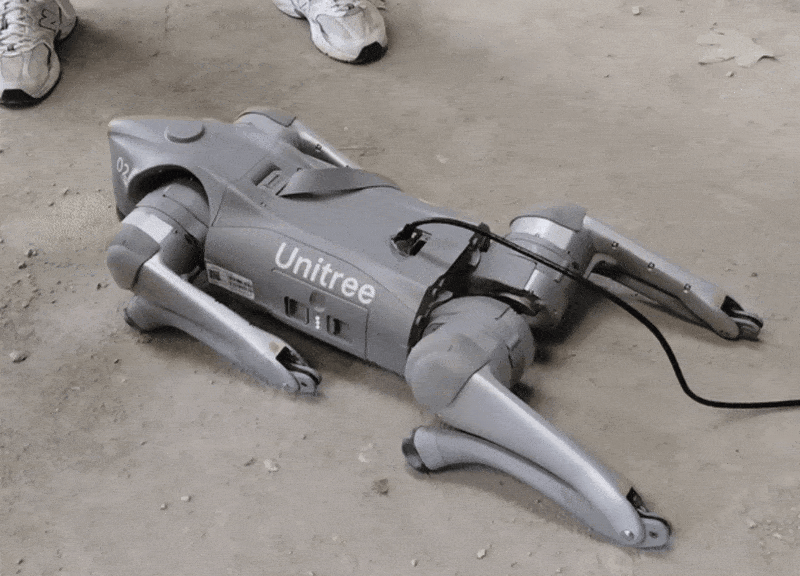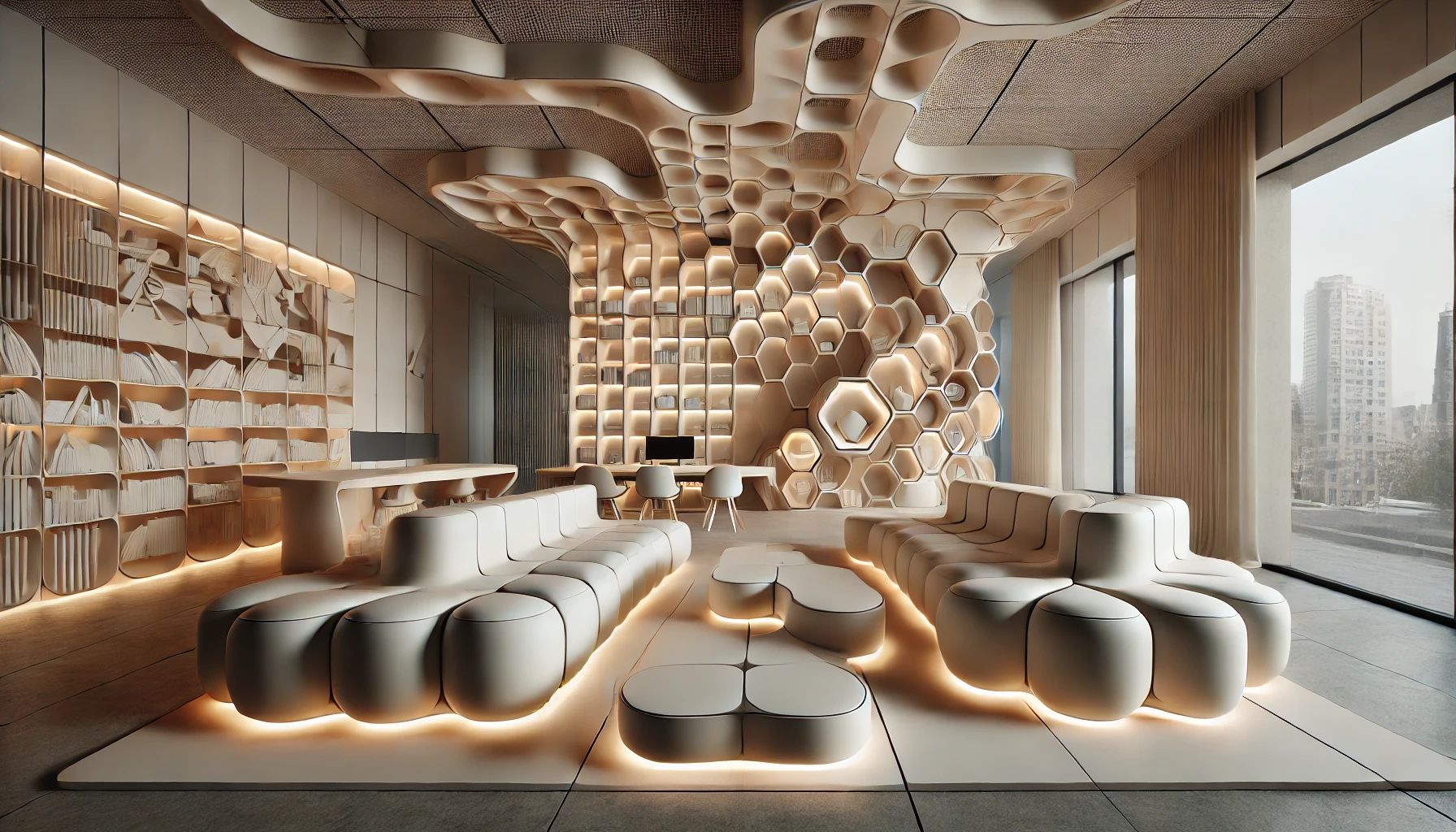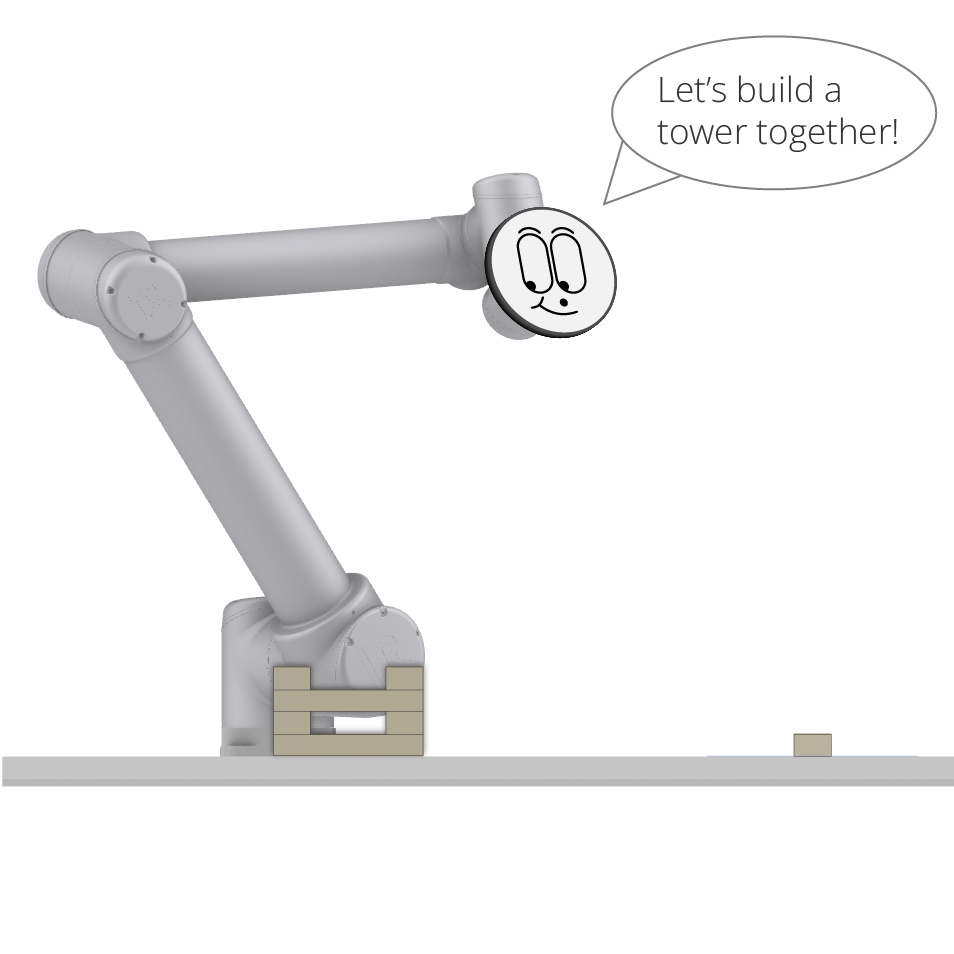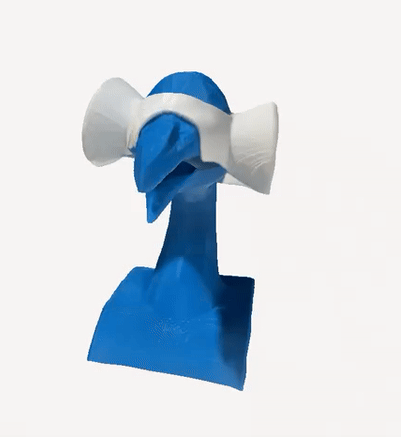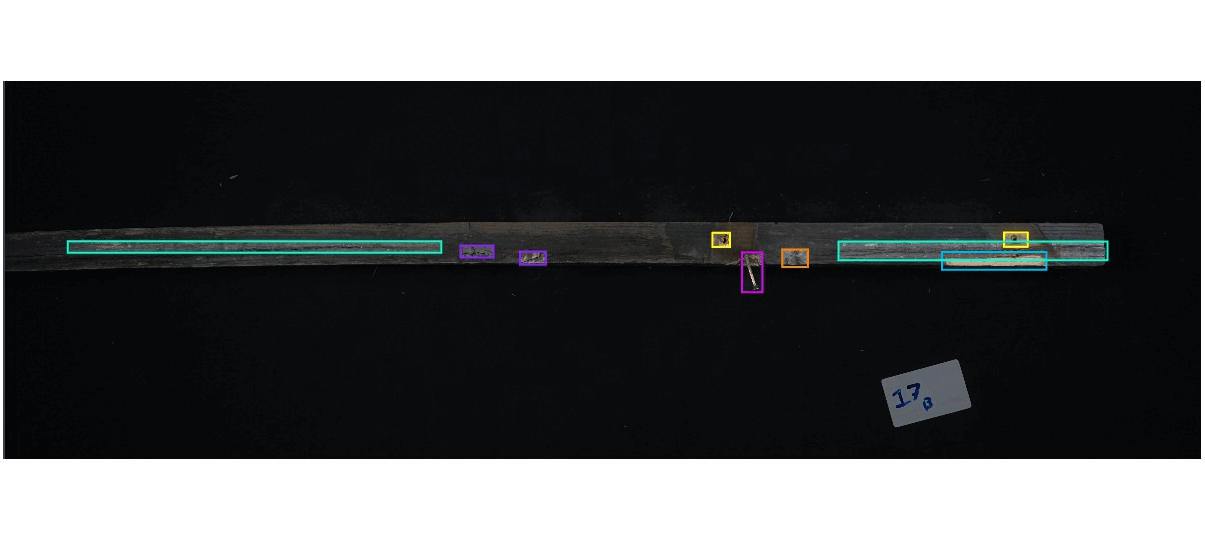AIbotix: Optimizing Construction Workflows Through Spatial Cognition and an AI Agent in Robotics
“Spatial Cognition in Robotics: Optimizing Construction Workflow with AI”Shu Xiao – MRAC02 Thesis, IAAC 2024–2025 Despite advances in manufacturing automation, the construction industry continues to rely heavily on manual labor due to its unpredictable environment, safety concerns, and fragmented workflows. This project explores how vision-guided robotics and real-time AI agents can close that gap by … Read more

